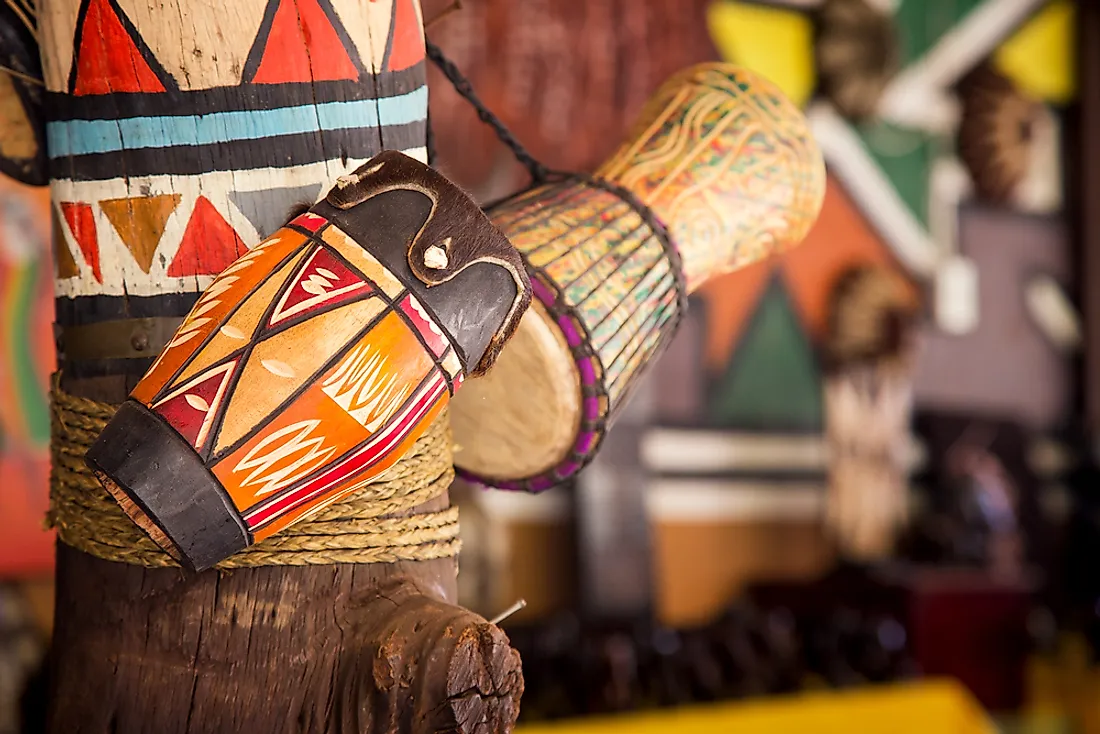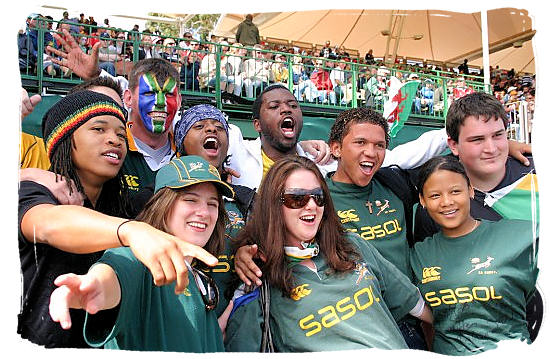How South African Culture Today can Save You Time, Stress, and Money.
Table of ContentsThe smart Trick of South African Culture Today That Nobody is DiscussingWhat Does South African Culture Today Mean?The 25-Second Trick For South African Culture TodayNot known Details About South African Culture Today The smart Trick of South African Culture Today That Nobody is Talking AboutSome Of South African Culture Today
An issue of importance in Zambian villages is the passing away of loved ones. All members of the village put money, time and effort together for the interment of the deceased.Music and dancing is a very crucial facet of the Zambian society. The different tribal units have their own dancing types; nonetheless, makishi is usual amongst all people.
The Ultimate Guide To South African Culture Today
When it comes to music, drums are made use of the most, with a selection of drumming events. In Zambia, majority of individuals are Christian; Protestant and Roman Catholic. There are small teams of Muslims and Hindus, with the remainder adhering to neighborhood native tribal ideas.

South African heritage and society is immensely varied, and includes several teams of individuals that each have their own traditions and ideas. Having such a diversity of people and societies is what makes South Africa so distinct. In truth sense of the expression, we are a rainbow country.
South Africa has around three hundred thousand Portuguese people staying in it. Making it the 7th on the checklist of countries with the most Portuguese individuals in it beyond Portugal. Portuguese is not only a culture, yet it is additionally a language and a race. Portuguese people stem from the country of Portugal in Europe, nevertheless, as a result of Portugal (like several other countries in Europe) exploring the globe and conquering other countries throughout the 15th 20th centuries, South Africa has what we call Portuguese South African's living in it.
Fascination About South African Culture Today
Amongst the noticeable features of the topography is a plateau that covers practically 2 thirds of the facility of the nation. The plateau facility rises towards the southeast, where it culminates in the Drakensberg range, part of an escarpment that separates the plateau from the seaside areas. The Drakensburg consists of Sparkling wine Castle, the greatest peak in the nation.
The area north of the Witwatersrand, called the bushveld, slopes downward from eastern to west towards the Limpopo River, which forms the global border. The western area of the plateau, the middleveld, additionally descends in the direction of the west and differs in altitude in between the highveld and bushveld. In between the Drakensburg and the eastern and southern coast, the land descends to the sea.
Nearer the coastline there is a low-lying plain called the eastern lowveld. Southwest of the plateau the nation comes to be considerably a lot more dry, giving means to the stony desert of the Great Karroo, verged on the eastern by the lower, much better watered plateau of the Little Karroo. Separating the completely dry southern interior from the sandy coastal of the southern coastline and West Cape is another variety, the Langeberg.
Excitement About South African Culture Today
The country's racially, ethnically, and politically separated history has actually created nationwide and subnational symbols that still function as icons of the nation, and others symbols that are accepted only by specific groups. The monuments to i loved this white inhabitant occupation and political prominence, such as the Afrikaner Voortrekker ("leader") Monolith in Pretoria and the Rhodes Monolith recognizing the British colonial realm contractor and Cape head of state Cecil Rhodes, continue to be sectarian symbols.
The first modern-day citizens were the San ("bushman") hunter-gatherers and the Khoi ("Hottentot") peoples, that rounded up animals (South African culture today). The San might have been present for thousands of years and left evidence of their presence in hundreds of old cave paints ("rock art"). Bantu-speaking clans that were the ancestors of the Nguni (today's amaZulu, amaXhosa, amaSwazi, and vaTsonga peoples) and Tswana-Sotho language teams (today's Batswana and Southern and Northern Basotho) moved below eastern Africa as early as the fifteenth century

Both former republics of the Orange Free State and Transvaal (South African Republic) were established by Afrikaner inhabitants that beat and dispossessed the Basotho and Batswana. Lesotho would have been Learn More Here forcibly included right into the Orange Free State without the expansion of British protection in 1869. The ultimate marriage of the nation arised from the South African Battle (18991902) in between the British and both Afrikaner republics, which decreased the nation to ruin at the start of the twentieth century.
Afrikaners historically considered themselves the only true South Africans and, while approving full citizenship to all residents of European descent, refuted that standing to individuals of shade till the democratic transition of 1994. British South Africans retain a feeling of cultural and social link to Great Britain without deteriorating their identity as South Africans.
Fascination About South African Culture Today
The diversity and fragmentation within ethnic collections and the balance of stress in between those teams throughout the twentieth century avoided interethnic civil problem. While intergroup stress over sources, entitlements, and political dominance stay, those problems are as most likely to match Zulu against Zulu as Zulu versus Xhosa or African versus Afrikaner.
From colonial India, British sellers and administrators brought the curved metal decorative roofs and slender lace job pillars that still typify the outdoor patios of homes in the areas and cities throughout the country. Residences of praise contribute a vital building aspect even in the smallest towns. In enhancement to the skyrocketing steeples and classic stonework of Afrikaans Dutch Reformed churches, Anglican churches, synagogues, mosques, and Hindu temples provide variety to the religious architectural scene.

Slaughtering and the developing of standard cereal beer are crucial in safeguarding the participation and a good reputation of the ancestors who are thought about the guardians of good luck, prosperity, and health. Indian areas keep their indigenous culinary practices and apply them on Islamic and Hindu ritual and ceremonial celebrations. Afrikaners and Coloured people collect at weekends and unique celebrations at multifamily my link barbeques called braais, where neighborhood bonds are reinforced.
Due to the fact that this was the primary financial venture of both black Africans and white colonists, problem between those groups centered on the possession of grazing land and animals. In 1867, the largest ruby down payments on the planet were discovered at Kimberley in the west main location. The riches from those fields helped fund the exploitation of the biggest gold coral reef on the planet, which was found on the Witwatersrand in 1886.
Top Guidelines Of South African Culture Today
This led to misunderstandings and intentional misstatement in the negotiations of white settlers and government officials with African principals throughout the early american duration (South African culture today). In the establishment of African reserves, some elements of communal and primarily "tribal trust" land tenure were maintained, and even in white backwoods, types of public period were still exercised in areas with African neighborhoods
After the democratic improvement of 1994, programs for land restitution, redistribution, and reform were set up, but progression has been sluggish. The white minority still manages eighty percent of the land. Following farming land intrusions in Zimbabwe, the Department of Land Matters has vowed to speed up land redistribution.